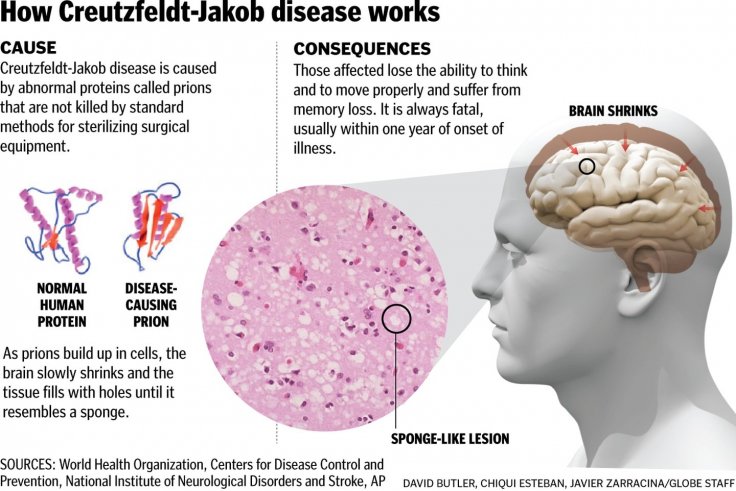A Michigan woman, Arlene VonMyhr, 55, tragically fell victim to a rare and fatal brain disorder known as Creutzfeldt-Jakob Disease (CJD) or Mad Cow Disease. This illness, with a mortality rate of 100 percent, struck VonMyhr unexpectedly, manifesting initially as stroke-like symptoms including confusion, difficulty walking, and facial weakness.
VonMyhr’s ordeal began on the night of January 8, awakening with symptoms akin to a stroke. Despite seeking medical attention, her condition deteriorated rapidly over the following weeks. Rushed to the hospital four times within two weeks for slurred speech and balance issues, VonMyhr’s health declined precipitously.

Her husband, Gary VonMyhr, described her rapid decline to Michigan Live, highlighting the debilitating nature of the disease. With no known cure, medical interventions proved futile once a definitive diagnosis of CJD was established. VonMyhr passed away on February 19, becoming one of five individuals at Michigan’s Corewell Health to succumb to CJD within a year, prompting an urgent investigation.
CJD, an aggressive brain disorder caused by misfolded proteins called prions, disrupts cellular communication, leading to dementia and a spectrum of symptoms including memory loss, speech impairment, and involuntary movements. While the majority of cases (85%) have unknown origins, a small percentage result from genetic mutations or consumption of beef from animals with mad cow disease, clinically known as bovine spongiform encephalopathy (BSE)
Although exceedingly rare, CJD poses a heightened risk with advancing age, affecting five per one million individuals aged 55 and older annually. Despite its rarity, Michigan witnessed an unusual cluster of five cases between June 2021 and June 2022, raising concerns among researchers.
Mr. VonMyhr, determined to raise awareness about CJD, advocates for increased research efforts to combat this devastating disease. Reflecting on his wife’s ordeal, he emphasized the urgent need for a cure, underscoring the profound impact of CJD despite its relatively low prevalence.


